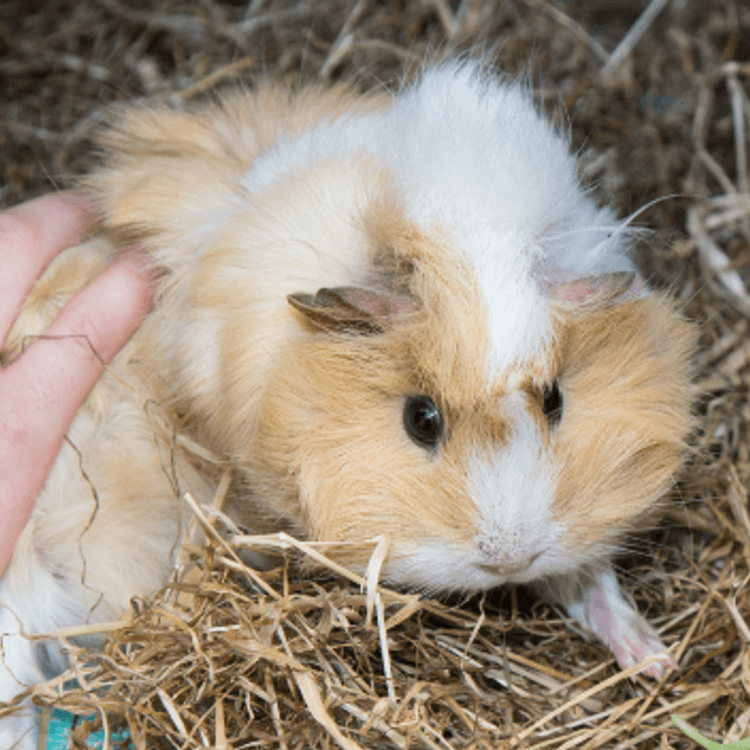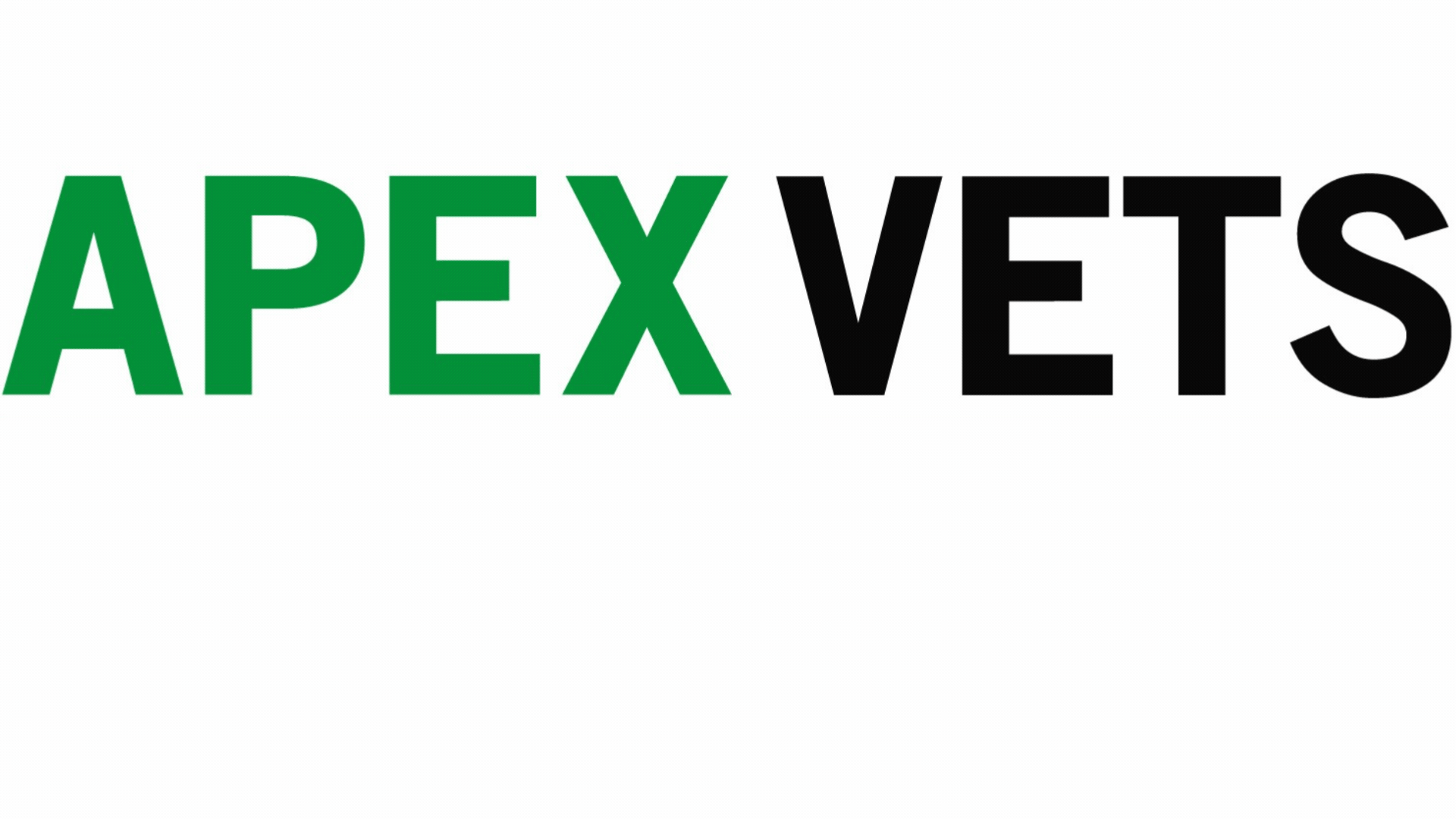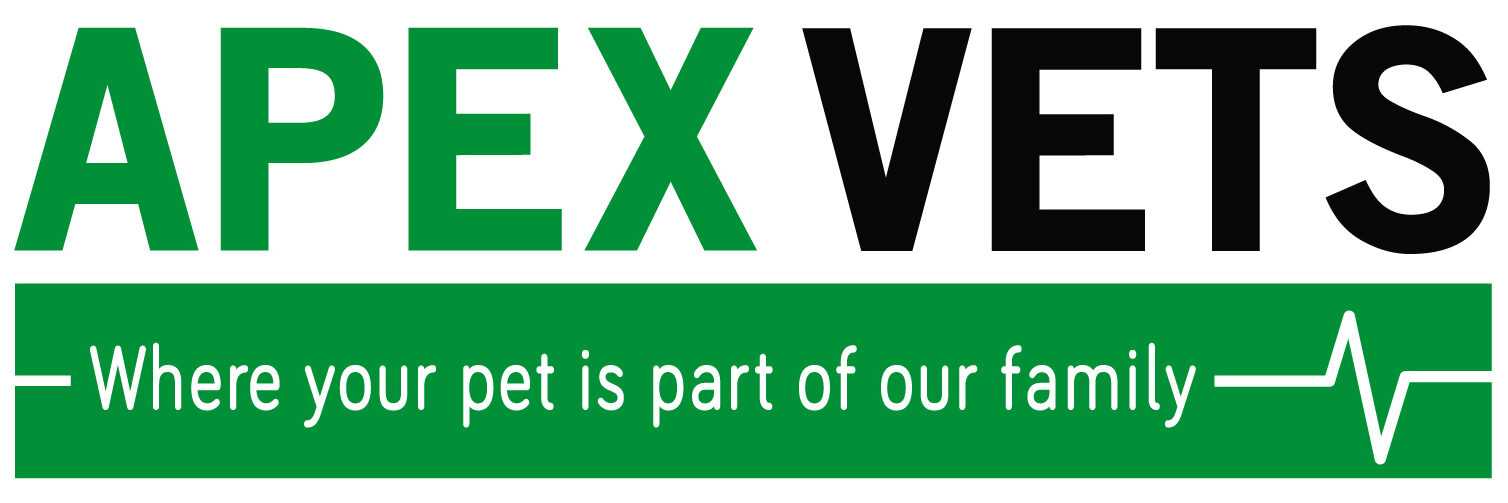Syringe Feeding a Small Animal

Syringe feeding is only necessary when a small animal (such as Rabbits and Guinea Pigs) cannot or will not feed by itself, for example after dental surgery or during periods of not eating due to illness. Syringe feeding should consist of a veterinary formula such as Critical Care or Recovery diet. Your vet will advise the diet to use.
How to syringe feed
Most pets will readily accept syringe feeding, some need coaxed into it.
Use a work top or table at a suitable height to have more control of your pet. If your pet is a “flight risk”, you may find feeding your pet on the floor easier if you can manage. You may want to wrap your pet in a towel or have another person with you to help. Never place your pet on their back to feed them as they may choke. Place your palm over your pet’s head, using two fingers and your thumb to gently grip their mouth. Try to keep the head still while feeding. Do not lift their head too high, again it may increase the risk of choking. At this point your pet may struggle, please persist gently.
Place the syringe into the side of your pet’s mouth, behind the upper two front teeth. Slowly release the food into the side of the mouth as though you were aiming for the other side. Remember your pet needs time to chew and swallow, so release the food or liquid very slowly. If you notice food spilling out of your pet’s mouth, release the food more slowly giving more time to chew/swallow.
Many syringe feed mixes are so thick that they block the hole in syringes with even the widest available hole. Use a soft plastic pipette and cut off the end so the feeding hole is large enough. Thick syringe feeds are a good thing as they contain fibre which is essential for good gut movement and the overall wellbeing of the animal.
How much and how often?
Your Veterinary Surgeon or Veterinary Nurse will be able to advise you on the volume of liquid food your pet will require.
Your pet will require a regular supply of food and water to allow their guts to flow normally. This includes night feeds. A small animal that is not eating cannot be left through the night without having had any food and water. You need to keep the digestive system going and keep them hydrated with water.
Encouraging your pet to eat by themselves
Even though you are needing to hand feed your pet, always have hay, pellets and water available to them at all times in case they decide to start eating and drinking by themselves. Unless they have diarrhoea, offer small pieces of their favourite vegetables frequently. If they’ve had dental treatment, cut the vegetables up into small pieces and offer them regularly. You can leave a few small pieces of vegetables in the cage but replace them after a couple of hours, so they are always fresh. If offering grass, remove any uneaten grass after around 30 minutes as grass wilts very quickly.
Only discontinue the syringe feeding or decrease the amount when you know your pet is happily eating their food. Keep the syringe feeding going if they are just picking at the food. It is a good sign if they do show some interest, but you still need to supplement their food until they are eating a good amount of food and water.
You should wean the animal off syringe feeding as soon as possible. Syringe feeding can make the animal lazy or too full to eat normally and this can affect their teeth which need the regular chewing motion to grind them down to a normal length.






